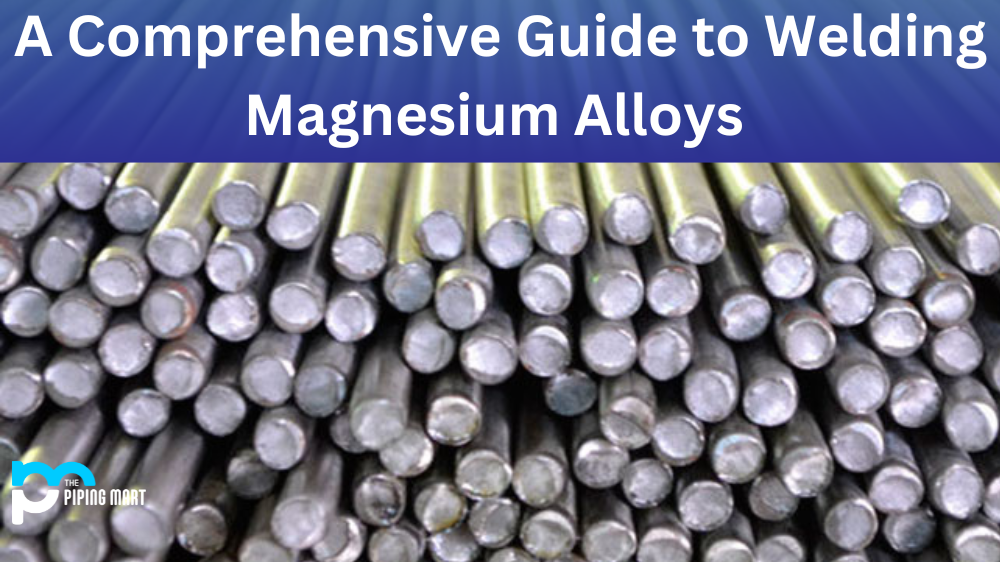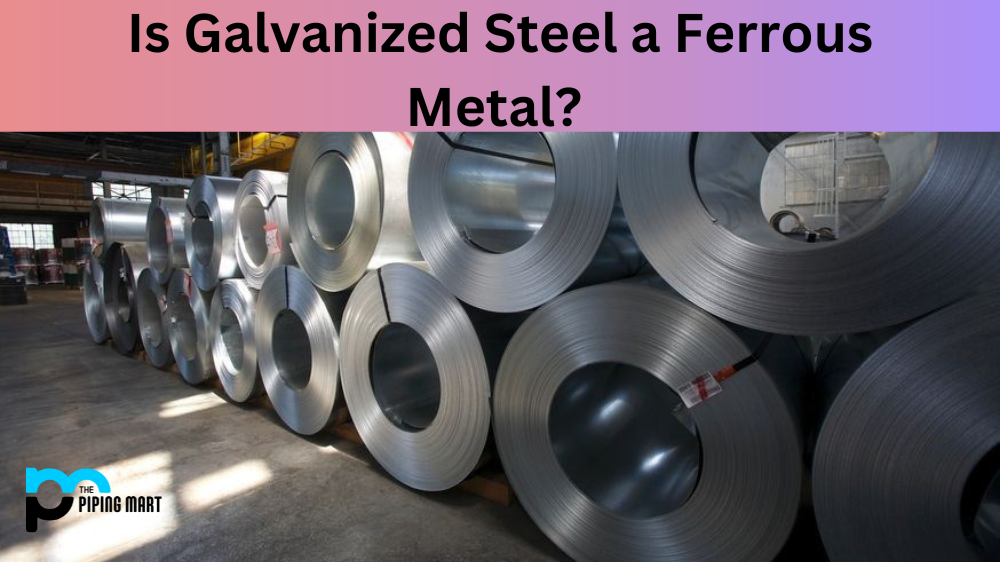If you’re looking to weld magnesium alloys, you’ve come to the right place! Magnesium alloys are typically used in aerospace applications due to their lightweight and high strength. This guide will provide a comprehensive overview of welding magnesium alloys, from understanding the basics of the material to selecting the proper welding technique for your project.
Understanding Magnesium Alloys
Magnesium is one of the lightest metals available, making it an ideal choice for many aerospace applications. However, when welding this material, it is important to understand its unique properties. Magnesium alloys have a relatively low melting point and can easily become brittle or crack if not handled properly. Additionally, these materials tend to oxidize quickly when exposed to heat or flame, which can lead to poor weld quality and ultimately affect performance. Understanding these properties is essential for successful welding outcomes.
Selecting Your Welding Technique
When selecting a welding technique for your magnesium alloy project, several factors must be considered. These include joint design, power source, shielding gas type, and filler wire selection. Generally speaking, TIG (tungsten inert gas) welding is considered the best option as it allows precise control over heat input and produces minimal distortion in the workpiece. However, MIG (metal inert gas) can also be used if a stronger weld is desired.
Welding Safety & Precautions
When welding magnesium alloys, it is important to take safety precautions seriously, as these materials can present certain hazards during the process. Always wear proper PPE (personal protective equipment), such as fire-resistant clothing and eye protection, when working with magnesium alloys. Additionally, it is important to follow recommended ventilation and fume extraction practices when possible; this will help reduce your exposure to harmful fumes produced by the molten metal during the welding process. Finally, ensure that any sparks created by your welding torch are contained within a fireproof area, so they do not ignite nearby combustible materials!
Conclusion:
Welding magnesium alloys requires skill and precision to achieve high-quality results and prevent potential hazards from occurring during the process. By understanding the basics of this material’s properties and selecting an appropriate welding technique based on joint design, power source type, and shielding gas selection—among other factors—you can ensure that your project is completed safely and successfully! When done properly, with attention paid to safety precautions and knowledge of techniques used in welding magnesium alloy, any website owner or SEO newbie can successfully weld magnesium alloy like an expert!
Meet Heer, a dynamic and driven writer learning tricks of her trade in the metal industry. With a background in Digital Marketing, Heer brings a unique perspective to her writing, sharing valuable insights. Apart from blogging she like reading and hiking.




